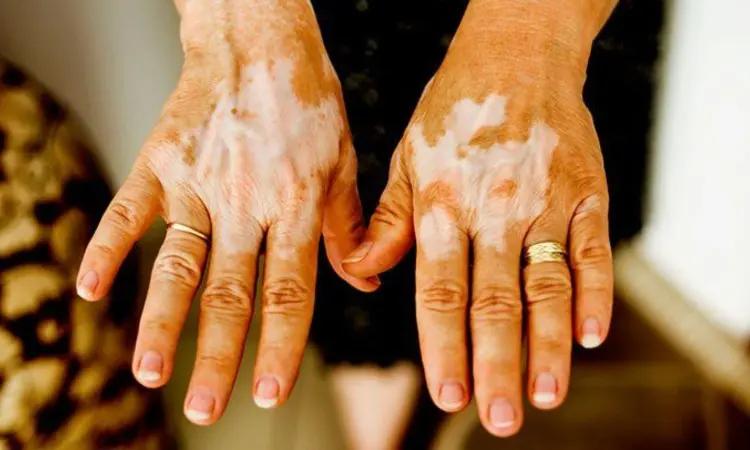Vitiligo and Transplant Recipients
Vitiligo is characterized by the selective loss of melanocytes, but the large-scale studies assessing its occurrence in transplant recipients, especially those with graft-vs-host disease (GVHD), have been rarely studied so far. In a recent cohort study by Chul Hwan Bang and colleagues, a significant correlation between solid organ and hematopoietic stem cell transplant (SOT and HSCT) recipients and a heightened risk of vitiligo was explored. The findings were published in JAMA Dermatology.
The study utilized data from the National Health Insurance Service database of Korea and included patients of 20 years or older. These participants underwent transplantation from January 2010 to December 2017, with follow-up until December 2019. A total of 119,145 individuals were grouped as age- and sex-matched controls who provided the benchmark for comparison.
The analysis was conducted from July to December 2021 and revealed that the 23,829 transplant patients studied exhibited a higher risk of vitiligo compared to their non-transplant counterparts (adjusted hazard ratio [AHR] of 1.73; 95% CI, 1.35-2.22). Also, kidney and liver transplant recipients showed a slightly increased risk, but the most important findings were observed in HSCT recipients, indicating an AHR of 12.69 (95% CI, 5.11-31.50).
Further stratification revealed that those who had received:
- Allogeneic grafts
- Autologous grafts
- Patients with comorbid GVHD
- Those without GVHD
All demonstrated higher vitiligo risks compared to the control group.
The key findings of this research emphasize the imperative for clinicians to be cognizant of the increased risk of vitiligo in transplant recipients, especially in the context of HSCT, GVHD, and the type of graft received. This understanding urges a multidisciplinary approach in monitoring patients to bridge dermatology and transplantation medicine. With this outcome, clinicians can customize their strategies to offer more vigilant care to those at high risk, ultimately improving the management of transplant recipients.
Source
Bang, C. H., Park, H. E., Kim, Y. H., Jung, J.-H., Lee, J. H., Park, Y. M., & Han, J. H. (2023). Risk of subsequent vitiligo in transplant recipients with comorbid graft-vs-host disease. JAMA Dermatology (Chicago, Ill.). https://doi.org/10.1001/jamadermatol.2023.4933



0 Comments
Post a comment
No comments yet. Be the first to comment!